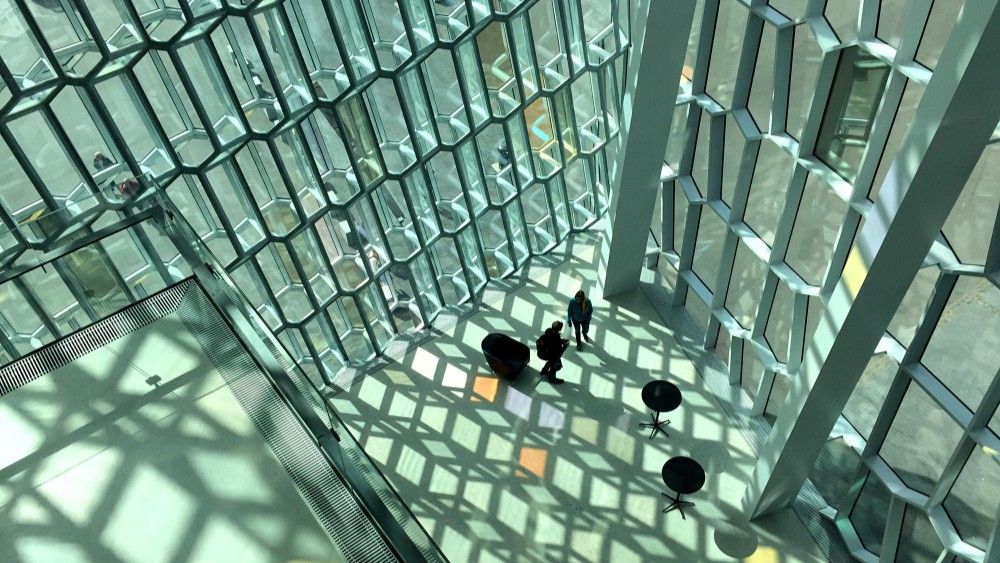
Urban Design Services That Meet Australian Green Building Standards
Discover how urban design services help meet Australian green building standards. Learn how Smart Planning and Design supports sustainable, compliant projects.
read more

In the heart of modern cities, buildings are no longer static monoliths—they breathe, adapt, and converse with their environment. At the forefront of this evolution is parametric design, a methodology transforming facades from aesthetic shells into dynamic performance engines. For architects and developers, this fusion of algorithms and artistry isn’t just innovation; it’s the key to unlocking energy efficiency, structural resilience, and unprecedented creative freedom.
Parametric design transcends traditional drafting by treating architectural elements as interconnected variables. Imagine a facade’s geometry responding to sunlight like a sunflower—angles shifting to block summer heat while inviting winter warmth. This isn’t science fiction; it’s the reality of tools like Grasshopper and Dynamo, where designers encode environmental data, material constraints, and aesthetic goals into algorithms. The result? Facades that are computationally conceived, iteratively refined, and inherently optimized for their unique context.
The magic lies in the workflow. Unlike linear design processes, parametric platforms let architects manipulate "parameters" (e.g., solar exposure, wind load, budget) to instantly generate thousands of design variations. Take the Morpheus Hotel in Macau: Zaha Hadid Architects used algorithms to weave a exoskeleton facade that distributes structural stress while creating ethereal light effects. Tools like Karamba 3D then simulate physics—testing how each curve handles seismic forces or minimizes steel tonnage. This symbiosis of creativity and computation erases the old trade-offs between beauty and efficiency.

A parametric facade isn’t just visually striking—it’s a building’s first line of defense and efficiency. In Berlin’s Aedes Architecture Forum, algorithmic design optimized triangular panels to:
Consider The Edge, hailed as the world’s smartest office building. Its south facade features parametric "brise-soleil" fins, each angle calculated by algorithms analyzing real-time weather and occupancy data. This design:
Adopting parametric workflows demands shifts in skill and collaboration. Architects must partner with data scientists; fabricators need robotic arms to translate digital complexity into built form. Yet, the barriers are surmountable:
Tomorrow’s facades will think. Research at ETH Zurich explores "4D-printed" surfaces that reshape autonomously via humidity or heat. Meanwhile, AI co-pilots like Midjourney + Grasshopper plugins suggest design variants based on verbal prompts ("maximize winter insolation in Toronto"). For forward-thinking firms, parametric design isn’t a tool—it’s the foundation for buildings that learn, heal, and evolve.
Parametric design marks a paradigm shift: facades as functional interfaces between humans and habitat. For architects, it liberates creativity from manual constraints. For developers, it quantifies sustainability. And for cities, it promises structures that give more than they take. The algorithm isn’t replacing the architect—it’s amplifying their vision to shape resilient, breathtaking, and profoundly intelligent landscapes.

Discover how urban design services help meet Australian green building standards. Learn how Smart Planning and Design supports sustainable, compliant projects.
read more

Discover the benefits of mixed-use developments in town planning Australia. Learn how they boost convenience, sustainability, and community connection.
read more

Discover why feasibility studies are essential in town planning Australia. Learn how they save time, reduce risks, and improve approval chances.
read more